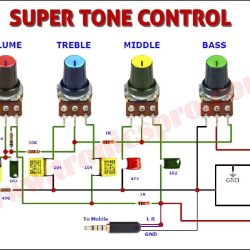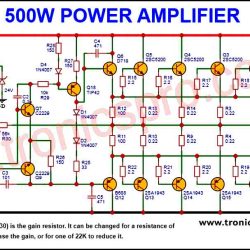Introduction
DC detector is a device designed to measure electrical current and detect the presence of direct current in an electronic circuit. It can be used to diagnose current in many different circuits, ranging from small household appliances to high-powered industrial systems. The device is comprised of two components: a probe and a signal generator. The signal generator produces a test waveform that is fed into the probe, which senses the voltage drop caused by the passage of current through its sensing element. The detected signal is then displayed on the detector’s digital LCD screen for easy viewing and interpretation. DC detectors are essential tools for troubleshooting electric faults in complex systems, allowing technicians to quickly identify and repair problems with critical circuits before they become costly disasters. The DC detector circuit diagram is given below which can be downloaded for reference.
Circuit Diagram
of DC Detector Circuit Diagram
More Circuit Layouts
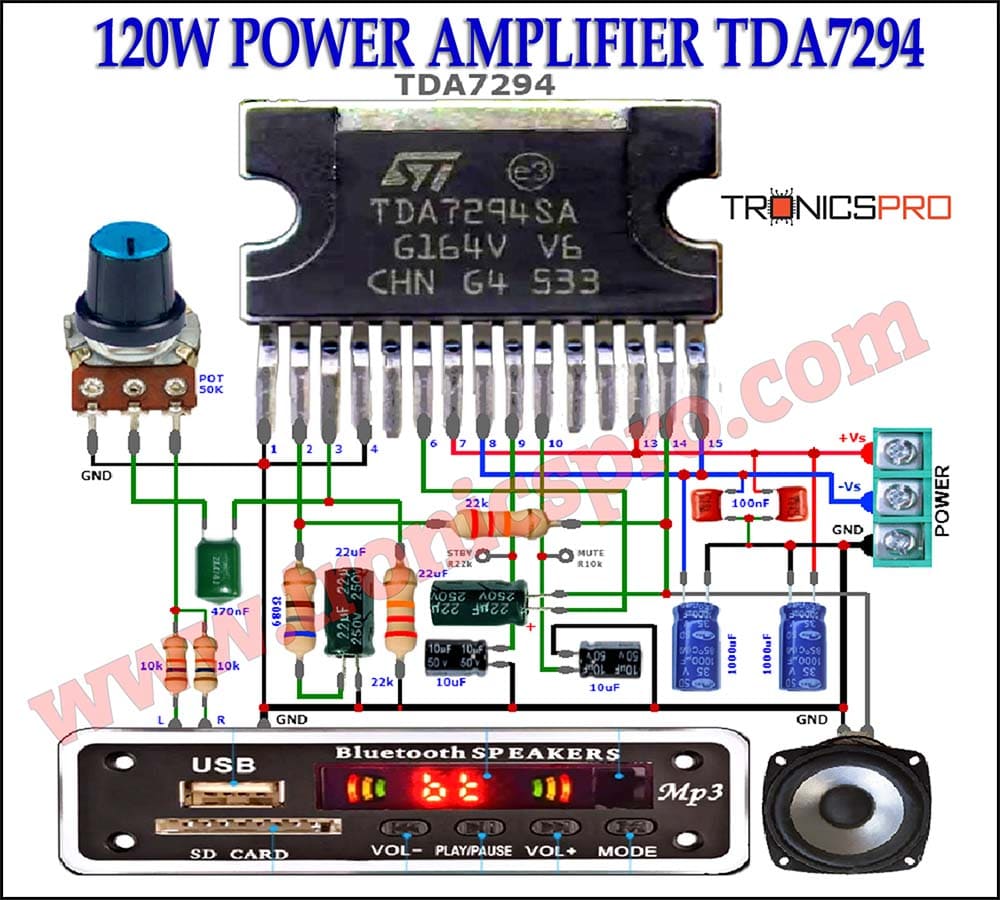
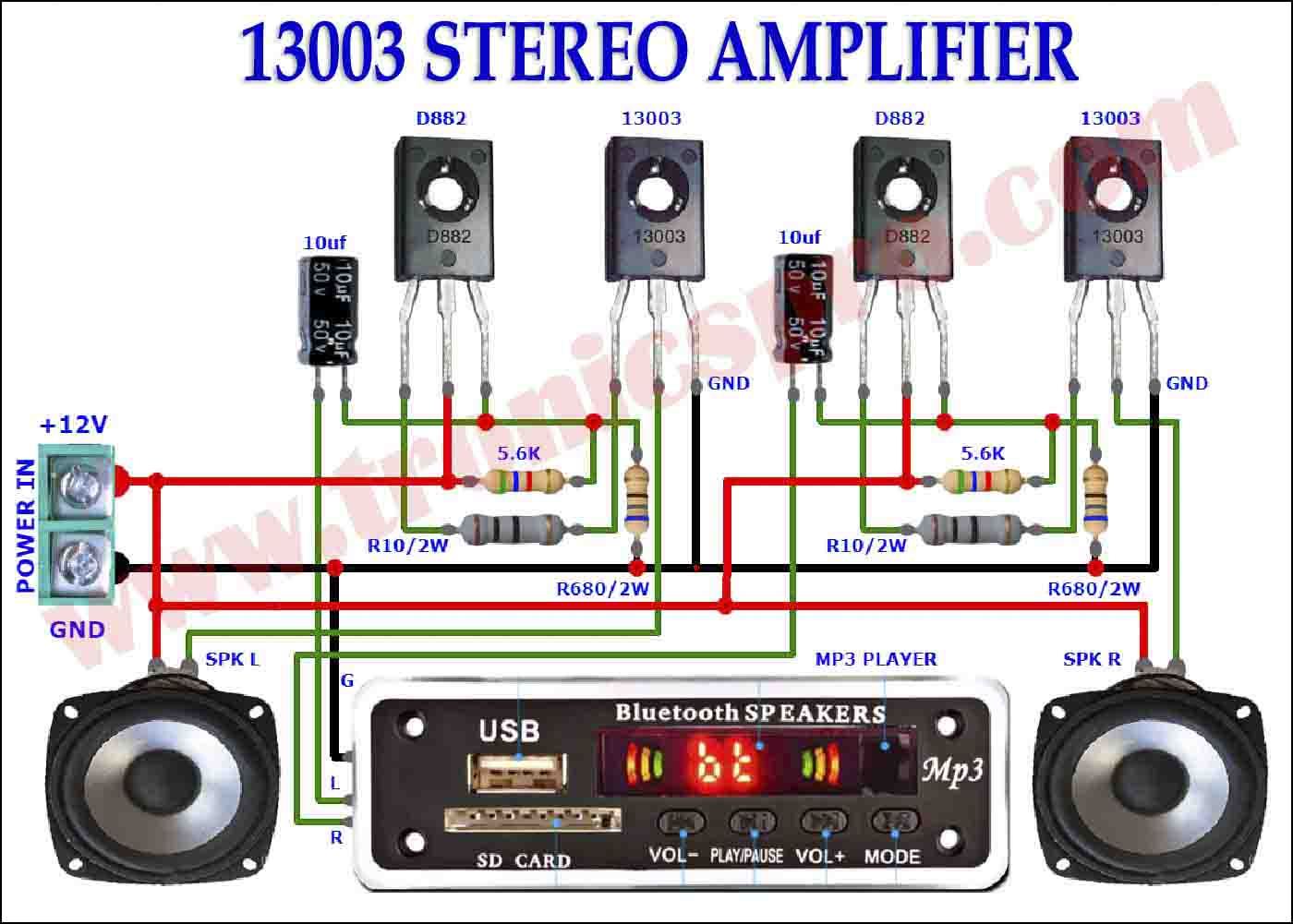

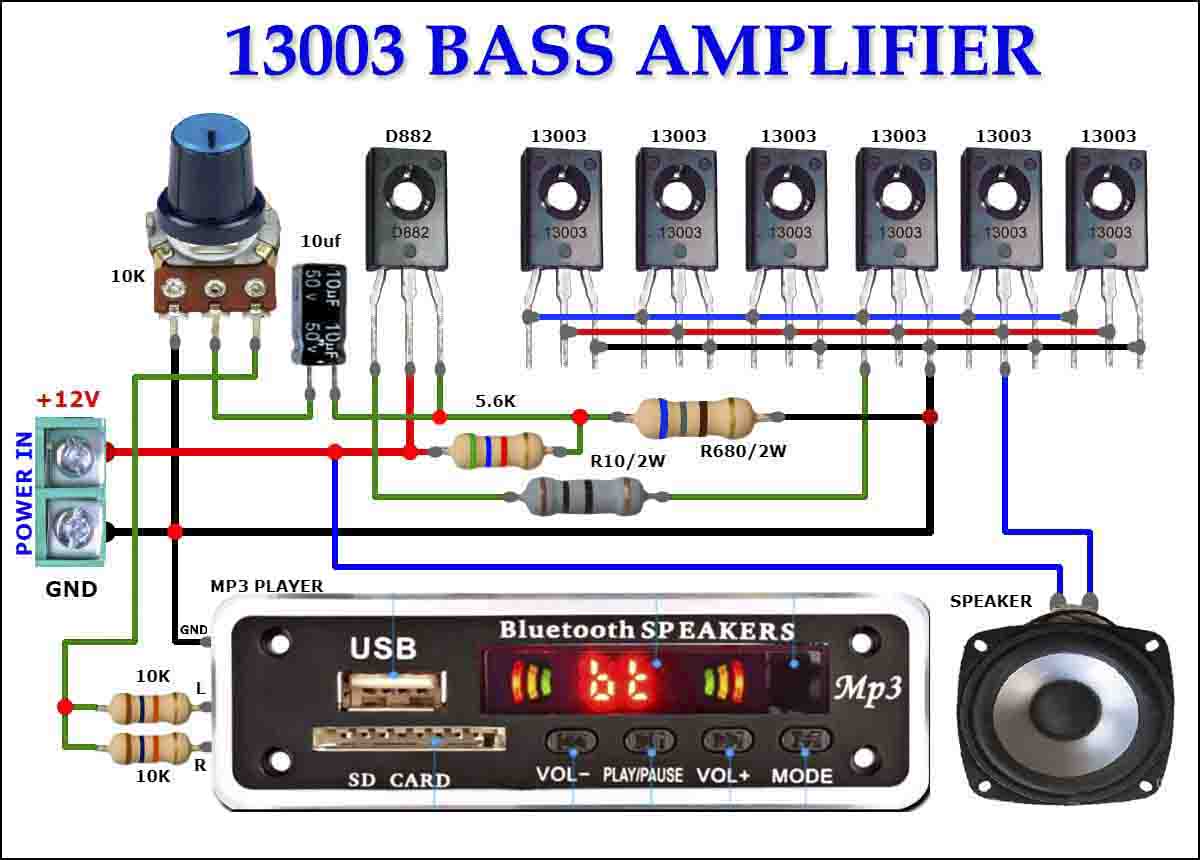
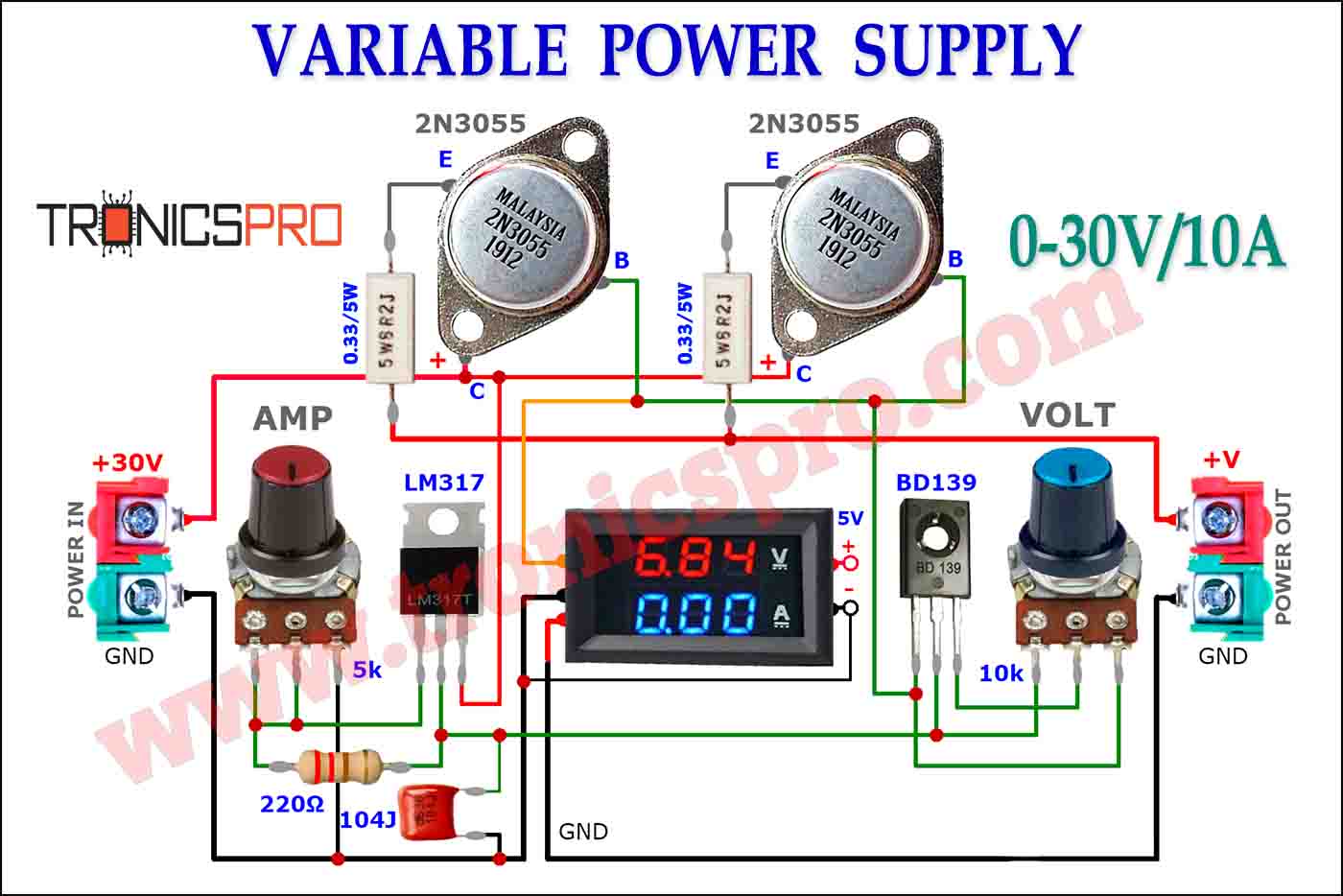
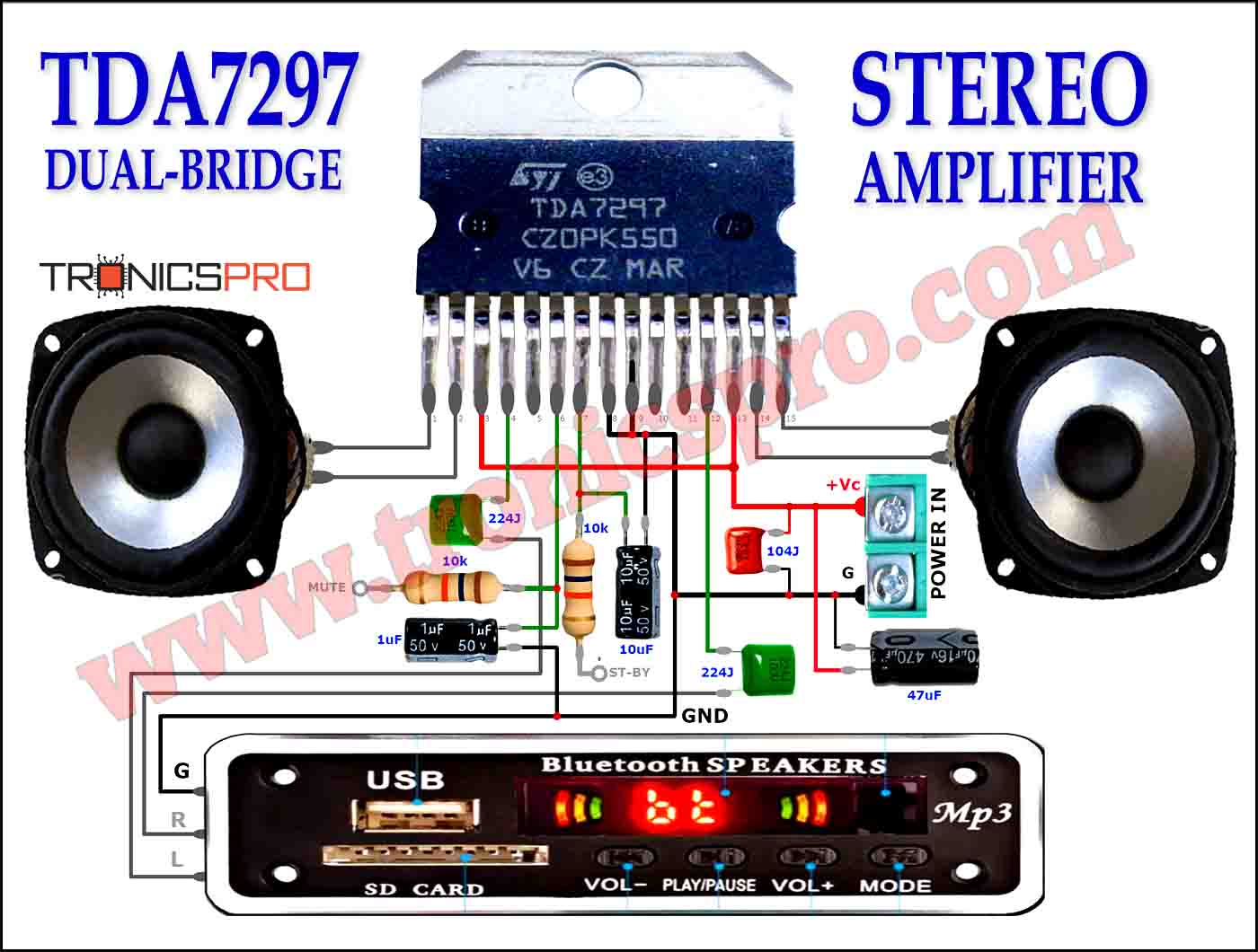

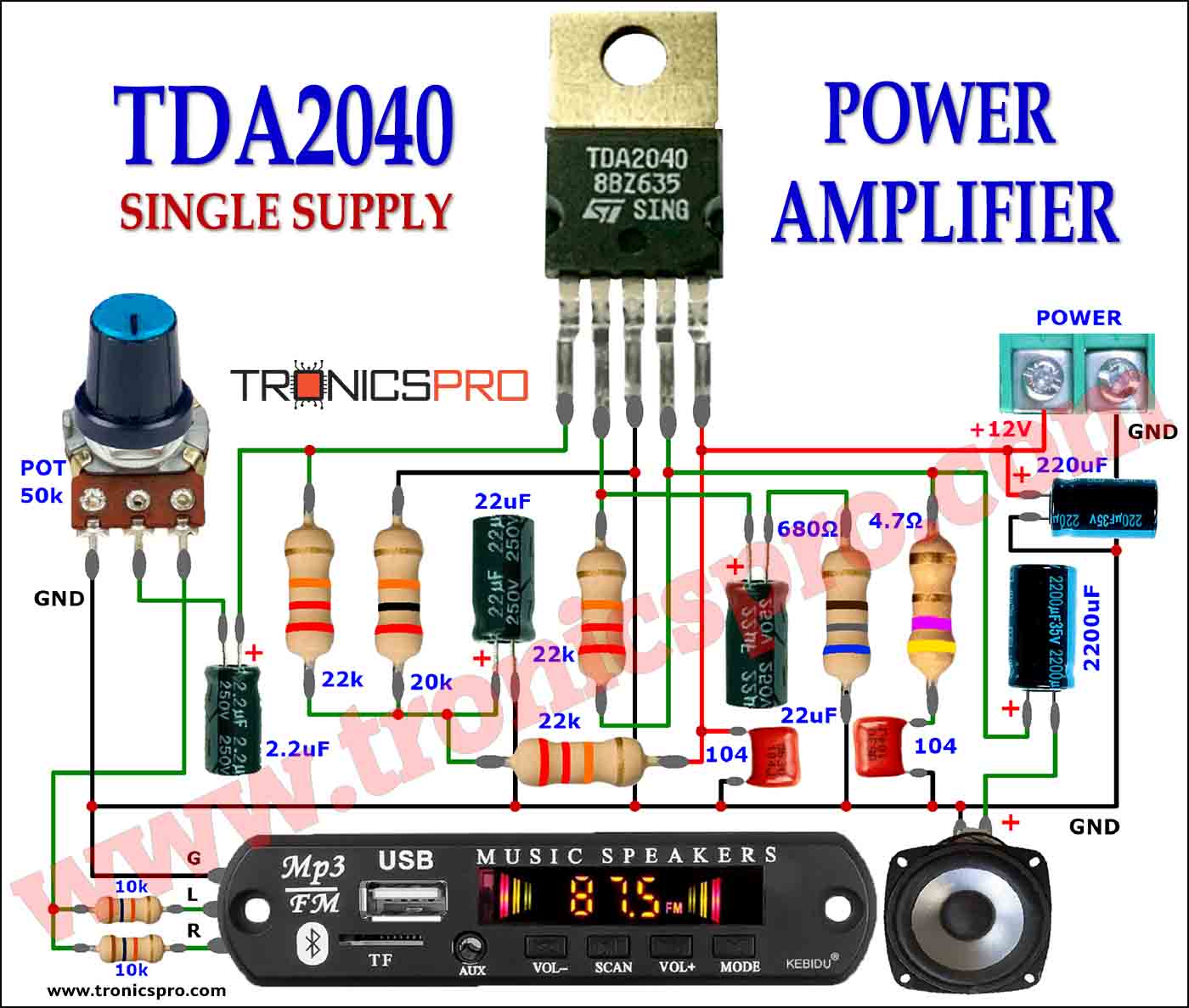
Working Explanation
of DC Detector Circuit Diagram
The detector is intended primarily to sense direct voltages at the output of power amplifiers. The signal so detected may be used to enable a protection circuit that, for instance, disconnects the loudspeakers from the amplifier. The circuit has the advantage of always reacting within 75 ms at whatever level of direct voltage. It also reacts to signals >600 mV at very low frequencies below about 4 Hz, which are likely to damage the loudspeakers.

The circuit is configured symmetrically and may therefore be split into two. The upper part of the diagram processes positive input signals, and the lower part, negative signals.
The signal from the amplifier is applied to the sensor via R10. Its level is limited by diodes D2-D5. The trip levels of comparators IC2a-IC2b are set to +600 mV and -600 mV by R2-D6 and R3-D1‚ respectively. This means that the output of IC2a goes high when the input voltage is higher than +600 mV and that of IC2b when the input voltage is lower than -600 mV.
It follows that the signals at the outputs of the comparators together form a square wave. This is used to charge C3 and C4 alternately to a potential that does not exceed the trip level of the comparators. This situation changes, however, if, for instance, because of a positive offset, the output of IC2a remains high longer than usual. This causes C3 to be charged to a higher potential, while at the same time T1‚ is switched on via R9, and C4 is short-circuited. This causes T2 to be blocked via R6 so that the potential building up across C3 cannot be removed via this transistor. This means that the trip level of IC3 will be exceeded so that the output of the circuit changes from low to high.
occurs if owing to a negative offset the output of IC2b remains high longer than usual. It is then C4, however, that is charged, while IC1b functions as the trigger.
Diodes D7 and D10 protect T1‚ and T2 by preventing their base voltage from dropping below -700 mV.
Clearly, the response time of the sensor depends not only on the trigger level of IC10 and IC1b, but also on the time constants R4-C4 and R7-C3. The HEF4093 used in the prototype triggered at 7.5 V (VDD = 15 V), which resulted in a response time of 57 ms.
However, the spread of trigger voltages in the 4093 series is appreciable and it may, therefore, be necessary to lower the values of R4 and R7.
The detector is best built in the printed-circuit board shown, which is not commercially available but may be made with the aid of the relevant track layout.
The symmetrical power supply may have an output between ±10 V and ±18 V. The prototype draws a current not exceeding 10 mA.
Components List
of DC Detector Circuit Diagram
- Resistors:
- R1 = 680 k
- R2, R3 = 2.2 k
- R4, R7 = 82 k
- R5, R8 = 10 ohms
- R6, R9 = 6.8 k
- R10 = 10 k
Capacitors: - C1, C2, C5 = 0.001 uF
- C3, C4 = 1 uF, MKT (metalized polyester)
Semiconductors: - D1, D6-D10 = 1N4148
- D2-D5 = 1N4007
- T1, T2 = BC546
Integrated circuits: - IC1 = 4093
- IC2 = TL082CP
Miscellaneous: - 5 off board pins

















